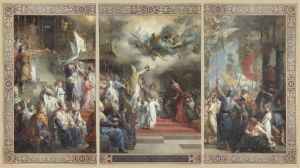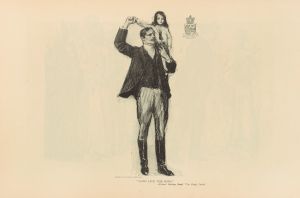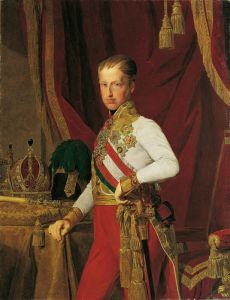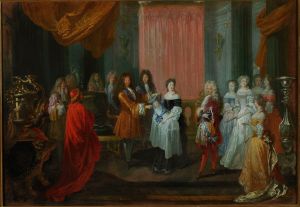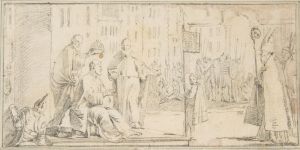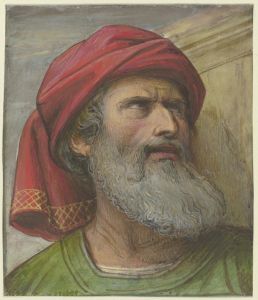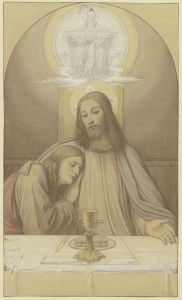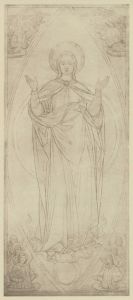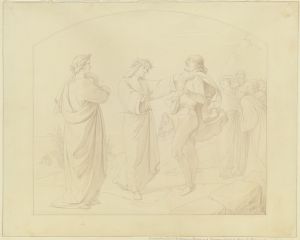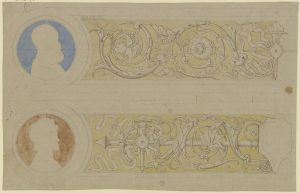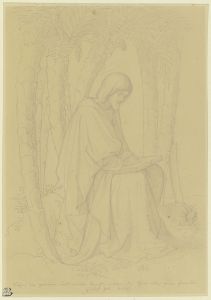
Emperor Albert I
A hand-painted replica of Eduard von Steinle’s masterpiece Emperor Albert I, meticulously crafted by professional artists to capture the true essence of the original. Each piece is created with museum-quality canvas and rare mineral pigments, carefully painted by experienced artists with delicate brushstrokes and rich, layered colors to perfectly recreate the texture of the original artwork. Unlike machine-printed reproductions, this hand-painted version brings the painting to life, infused with the artist’s emotions and skill in every stroke. Whether for personal collection or home decoration, it instantly elevates the artistic atmosphere of any space.
Eduard von Steinle's painting "Emperor Albert I" is a notable work of art that captures the likeness of Albert I of Germany, who reigned as King of the Romans from 1298 until his assassination in 1308. Steinle, a prominent 19th-century Austrian painter, was known for his contributions to the Nazarene movement, which sought to revive honesty and spirituality in Christian art.
Albert I, born in 1255, was a member of the Habsburg dynasty and the son of King Rudolf I of Germany. His reign was marked by efforts to consolidate the power of the Habsburgs and to strengthen the Holy Roman Empire. Despite his ambitions, Albert faced significant opposition from rival nobles and was ultimately assassinated by his nephew, John the Parricide, in 1308.
Steinle's depiction of Albert I is characterized by its attention to historical detail and its adherence to the stylistic principles of the Nazarene movement. The painting likely reflects Steinle's interest in medieval history and his commitment to creating works that were both spiritually uplifting and historically accurate. The Nazarene movement, which emerged in the early 19th century, was founded by a group of German and Austrian artists who sought to return to the purity and simplicity of early Christian and Renaissance art. Steinle's work often featured religious and historical themes, and "Emperor Albert I" is a testament to his skill in rendering such subjects.
In this painting, Albert I is portrayed with regal dignity, emphasizing his status as a ruler. The artist's use of color, composition, and attention to detail serve to highlight the emperor's authority and the solemnity of his reign. Steinle's ability to capture the essence of his subjects made him a respected figure in the art world, and his works continue to be appreciated for their historical and artistic value.
Eduard von Steinle was born in Vienna in 1810 and studied at the Academy of Fine Arts in Vienna before moving to Rome, where he became associated with the Nazarene movement. His career included numerous commissions for churches and public buildings, and he was known for his frescoes and altarpieces. Steinle's dedication to his craft and his ability to convey deep religious and historical themes through his art earned him a lasting legacy.
"Emperor Albert I" by Eduard von Steinle remains an important piece within the context of 19th-century European art. It reflects the artist's commitment to historical accuracy and his ability to imbue his subjects with a sense of spiritual and moral significance. The painting is a valuable representation of both the historical figure of Albert I and the artistic ideals of the Nazarene movement.





